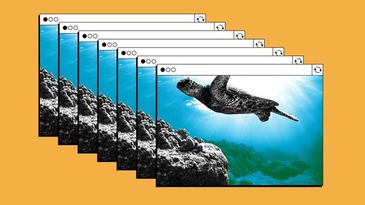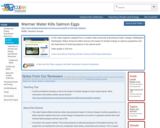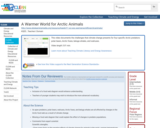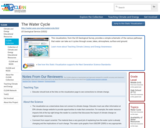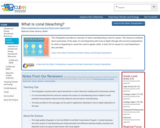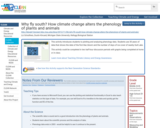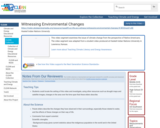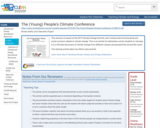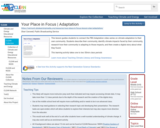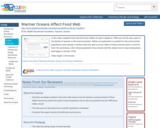
In this video, students learn that the Exxon Valdez oil spill in Alaska in 1989 was not the sole cause of the decline of species in the local ecosystem. Rather, an explanation is posited for why some animal populations were already in decline when the spill occurred. Many of these animals share a common food: the sand lance, a fish whose populations have shrunk with the steady rise in ocean temperature that began in the late 1970s.
- Subject:
- Applied Science
- Biology
- Career and Technical Education
- Ecology
- Environmental Science
- Environmental Studies
- Life Science
- Physical Science
- Material Type:
- Diagram/Illustration
- Reading
- Provider:
- CLEAN: Climate Literacy and Energy Awareness Network
- Provider Set:
- CLEAN: Climate Literacy and Energy Awareness Network
- Author:
- KTOO
- Teachers' Domain
- WGBH Educational Foundation
- Date Added:
- 05/15/2012
